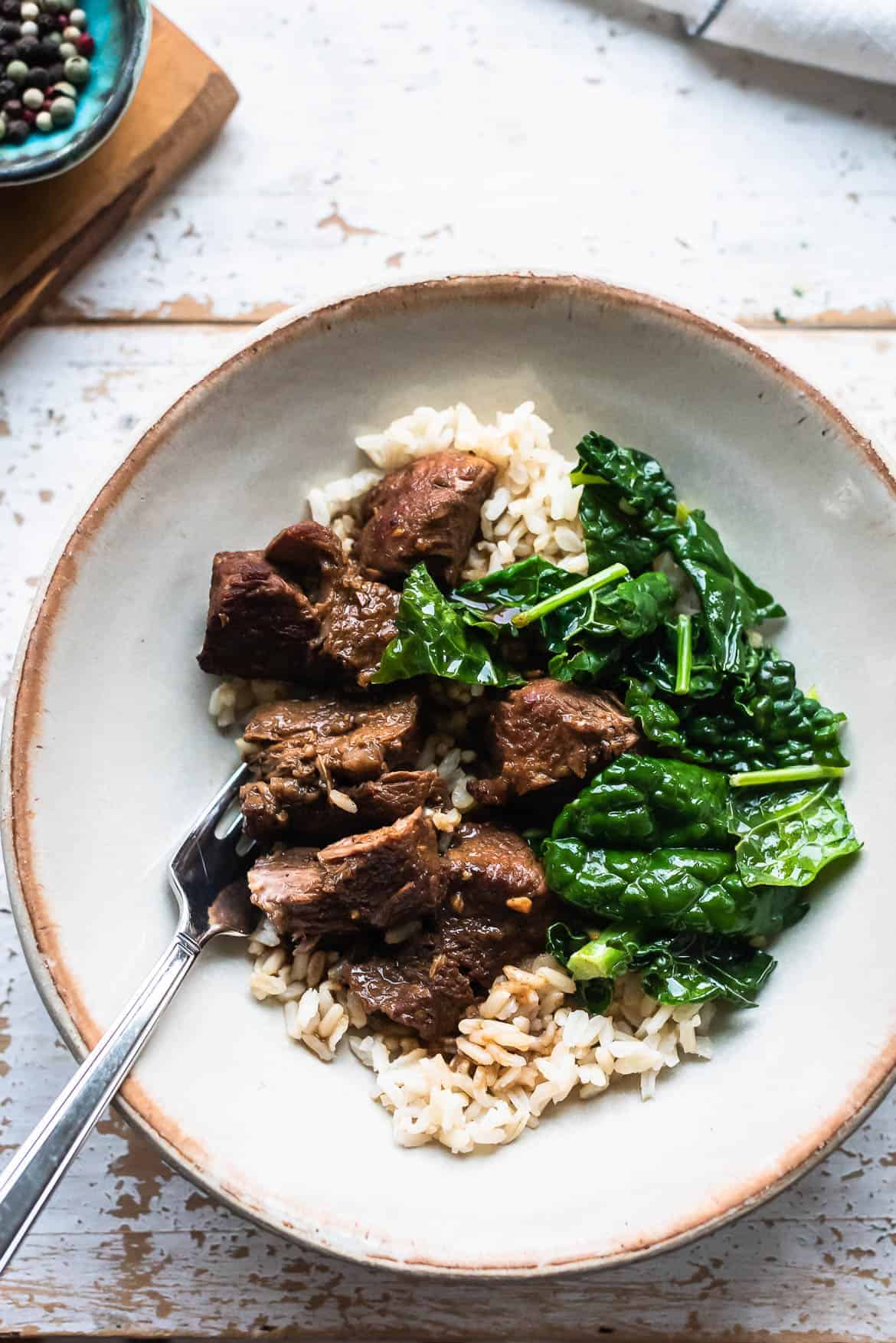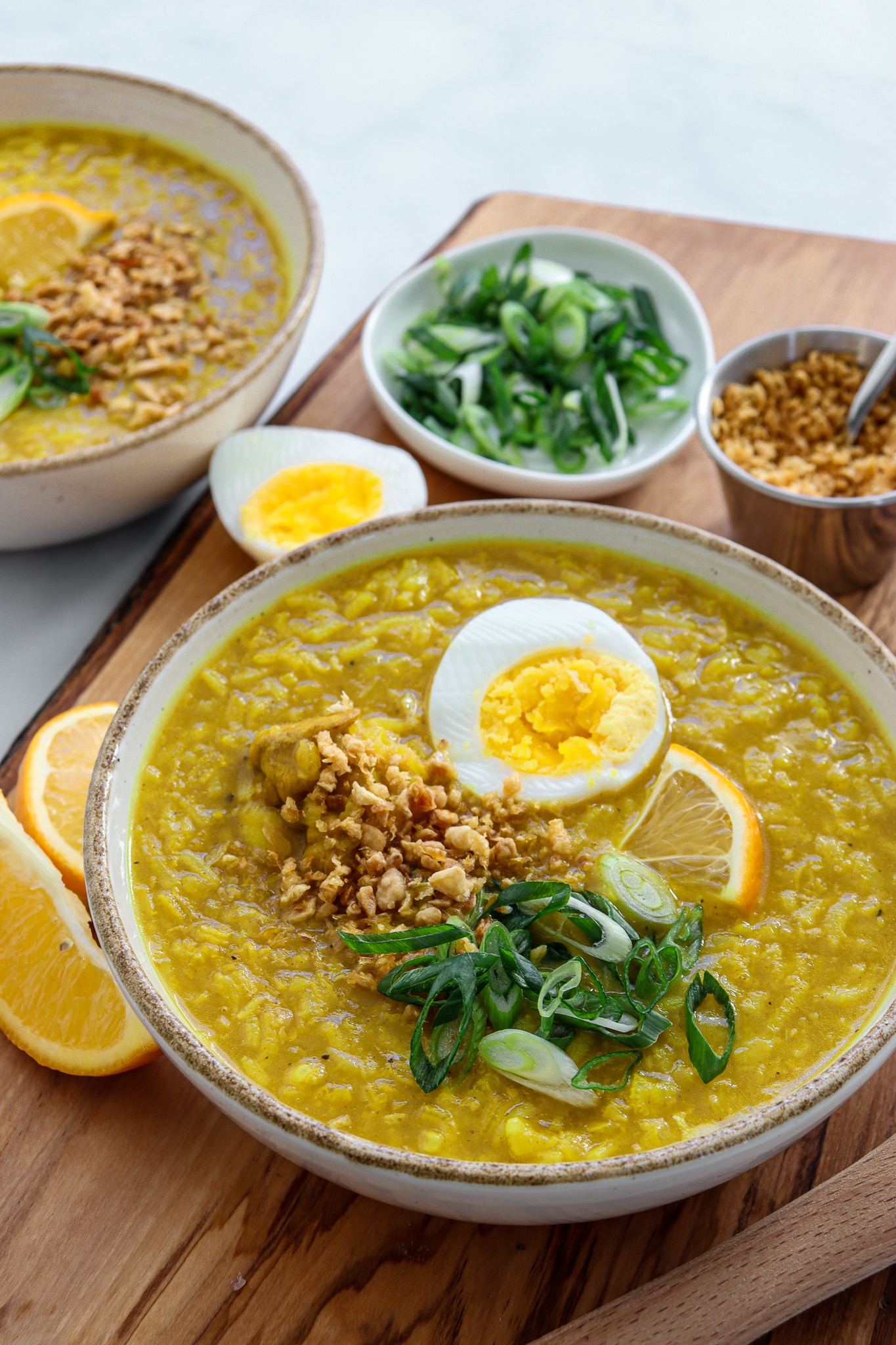Appreciate Standard Filipino Flavors With Easy-To-Follow Recipes
Discovering standard Filipino cuisine supplies an unique opportunity to involve with a rich tapestry of tastes and social narratives. Each recipe, from the famous adobo to the lively sinigang, narrates that shows the Philippines' varied cooking heritage. By welcoming easy-to-follow dishes, anyone can recreate these beloved dishes at home, promoting connections with household and friends via shared experiences. Comprehending the vital active ingredients and strategies is critical for achieving genuine taste. As we check out these cooking traditions, one may question how to finest bring the heat of Filipino friendliness to their own table.

Review of Filipino Food
Exploring the dynamic tapestry of Filipino food exposes an abundant social heritage affected by different historic and geographical factors. The Philippines, an archipelago of over 7,000 islands, boasts a diverse variety of tastes and cooking techniques. The country's culinary landscape is shaped by indigenous traditions and the impacts of emigration, trade, and movement. Therefore, Filipino food is a distinct mix of Malay, Spanish, Chinese, and American components.
Rice serves as the keystone of Filipino dishes, typically accompanied by an assortment of vegetables, meats, and seafood. Using bold tastes is a trademark of the cuisine, with active ingredients such as garlic, onions, ginger, and soy sauce playing essential duties. In addition, the emphasis on public eating shows the Filipino society of friendliness and household ties.
Street food additionally plays a considerable function in the cooking scene, showcasing regional components and imaginative cooking approaches. As the Philippines continues to welcome globalization, the combination of traditional and modern influences can be seen in contemporary Filipino recipes, even more enhancing its culinary identification. Filipino food recipes. In general, Filipino cuisine is a testament to the country's background, culture, and dynamic spirit
Must-Try Traditional Meals
Filipino cuisine is finest experienced through its standard recipes, each supplying a special understanding right into the nation's diverse cooking heritage. Among the must-try dishes is Adobo, a tasty stew generally made with chicken or pork, seasoned in vinegar, soy sauce, and garlic prior to being slow-cooked to perfection. Its rich and appetizing flavor profile represents the heart of Filipino comfort food.
One more iconic dish is Sinigang, a sour soup commonly prepared with tamarind, tomatoes, and numerous veggies. This dish can feature pork, shrimp, or fish, and is treasured for its rejuvenating preference and warming top qualities.
Lechon, an entire baked pig, is a centerpiece at Filipino celebrations, known for its crispy skin and tender meat. It symbolizes the festive spirit of Filipino events.
For those craving something sweet, Halo-Halo is a fascinating dessert combining crushed ice, sweetened fruits, jellies, and topped with leche flan and purple yam.
Each of these typical recipes envelops the significance of Filipino culture, welcoming any person to enjoy the vivid flavors and abundant background that specify the island chain's culinary landscape.
Step-by-Step Recipes
Food preparation genuine Filipino recipes in your home can be an enhancing experience that brings the dynamic tastes of the Philippines right into your cooking area. With a variety of conventional dishes to choose from, employing step-by-step recipes permits both novice and skilled cooks to master the strategies and tastes integral to Filipino cuisine.
Begin by choosing a dish that intrigues you, such as adobo, sinigang, or lumpia. Each dish commonly consists of a comprehensive active ingredient list adhered to by clear guidelines, guiding you via the food preparation procedure.
As you advance, pay attention to food preparation strategies unique to Filipino food, such as sautéing (ginisa) or stewing (nilaga) These techniques can significantly boost the depth of taste in your meals. Timing is vital; follow the recommended cooking times to accomplish the perfect appearance and preference.
Crucial Active Ingredients and Tips
Often, the key to grasping Filipino food exists in understanding and utilizing vital components that specify its distinctive tastes. Central to numerous meals are staples like soy right here sauce, vinegar, garlic, and ginger, which add to the distinct balance of full-flavored, sour, and sweet notes. Soy sauce functions as a base for sauces and sauces, while vinegar, particularly walking stick vinegar or coconut vinegar, presents a tangy click reference illumination that is essential in meals like adobo.
Rice is an essential part of Filipino dishes, commonly offered along with main dishes to take in flavorful sauces. For a touch of authenticity, select jasmine or long-grain rice. Furthermore, utilizing fresh fruit and vegetables such as tomatoes, environment-friendly beans, and eggplants enhances the dish's vibrancy and nutritional value.
Do not ignore the importance of natural herbs and spices, such as bay leaves, lemongrass, and chili peppers, which boost the taste account. When cooking, bear in mind that persistence is vital-- enabling active ingredients to combine together leads to richer flavors. Accept the method of tasting as you go; this will allow you to readjust spices and achieve the best equilibrium that characterizes Filipino food.
Serving and Delighting In Filipino Meals
Recognizing the subtleties of Filipino food expands beyond preparation and components; it encompasses the way meals are served and appreciated. The Filipino eating experience is identified by public sharing, advertising a feeling of togetherness and celebration. Commonly, recipes are presented in huge portions, allowing diners to engage in a variety of flavors.
Rice, a staple in Filipino meals, is often acted as the foundation upon which the various other meals rest. Accompanying viands, such as adobo, sinigang, or lechon, are check over here put in the facility of the table, welcoming visitors to offer themselves. Filipino food recipes. This method not only fosters a kicked back atmosphere but additionally urges conversations and connections among diners

Conclusion
In verdict, conventional Filipino cuisine provides a rich tapestry of flavors and cultural importance, welcoming expedition with its diverse dishes. Engaging with this vivid food not only enriches the eating experience yet also protects and celebrates the heritage of the Filipino people.